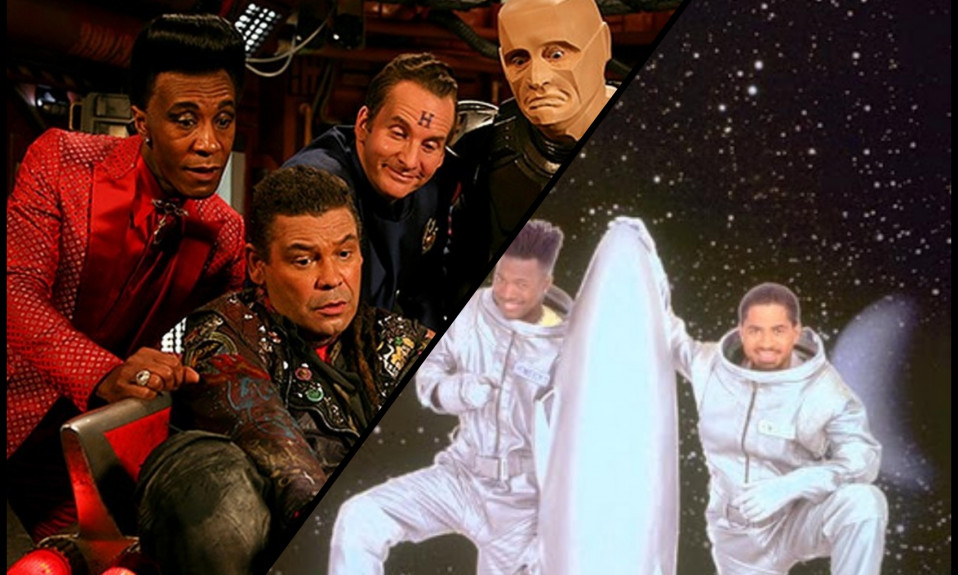In the interstellar realm of science fiction sitcoms, Red Dwarf and Homeboys in Outer Space charted markedly different courses. One became a beacon of success and cult fandom, while the other faded into obscurity. This contrasting fate of the two shows offers a fascinating window into the genre’s flexibility and the cultural nuances of audience reception.
Red Dwarf a British series launched in 1988, orbits around the misadventures of the last human alive and his motley crew aboard a spaceship. Notably, it featured Danny John-Jules as The Cat, a standout character who added a unique flavour to the show’s diverse ensemble. John-Jules’ role was pivotal, showcasing that a sci-fi series could thrive without succumbing to racial stereotypes.
Conversely, Homeboys in Outer Space an American sitcom that aired in 1996, starred comedians Flex Alexander and Darryl Bell. It envisioned two African American astronauts navigating the galaxy, a concept that promised innovation but was marred by execution flaws. Criticized for shallow humour and lack of depth, the show struggled to resonate with an audience expecting more than caricatured portrayals.
The root of Red Dwarf’s enduring appeal lies in its clever scripting and universal humour, transcending racial and cultural divides. The show wasn’t pigeonholed as a “black show” due to its white lead, perhaps aiding its broader acceptance without the pressure of racial representation. On the other hand, “Homeboys in Space” suffered from inadequate writing and an overemphasis on racial humour, failing to engage audiences seeking nuanced comedy.
Furthermore, the difference in audience reception of sci-fi sitcoms between the UK and the US is notable. British viewers have historically embraced offbeat comedies, including those in the sci-fi genre. In contrast, American audiences’ expectations for sitcoms and sci-fi may have been at odds with what Homeboys in Space offered.
Adding to the complexity is the 1990s cultural context. Red Dwarf arrived at a time of British TV experimentation, while Homeboys in Outer Space emerged amidst American television’s grappling with black American representation beyond stereotypes. The show’s failure thus reflects broader cultural challenges in media representation.
“Red Dwarf” and “Homeboys in Outer Space” offer insights into the nuanced relationship between genre, cultural context, and audience expectations. While Red Dwarf succeeded through quality comedy and the transcendence of racial stereotypes, Homeboys in Outer Space faltered, hindered by its writing and the burden of racial representation. Their stories serve as a guide for future sci-fi comedies, highlighting the importance of thoughtful writing, character development, and cultural sensitivity.
Also Read: Decoding Iconic Sci-Fi Movie Posters: A Journey Through Cinema History













